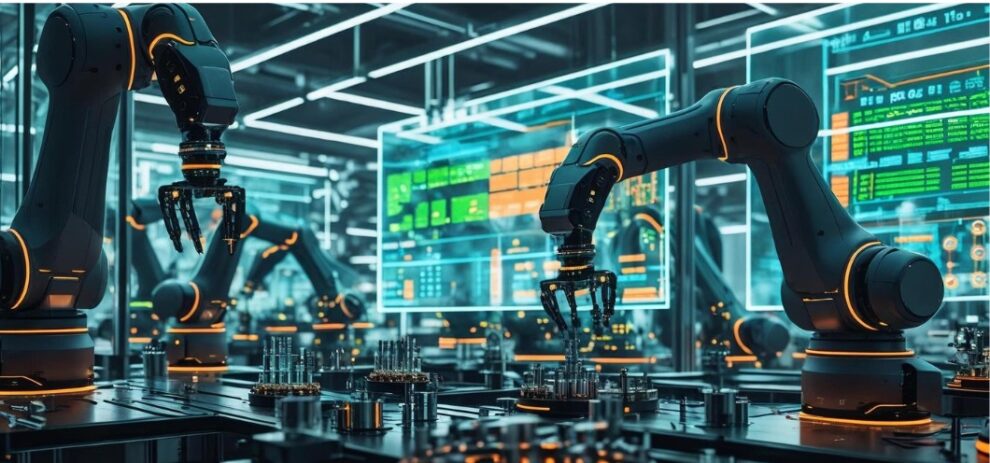Unexpected breakdowns are the silent killers of manufacturing efficiency.
They halt production lines, inflate repair costs, and damage delivery timelines. But in 2025, smart factories are fighting back—with robotics and data science working hand in hand.
By combining intelligent machines with real-time analytics, predictive maintenance has evolved into a proactive, automated process. The result? Less downtime, fewer failures, and a huge boost in operational efficiency.
Let’s explore how robotics and data science are powering predictive maintenance and transforming the modern factory floor.
Also Read: 5 Key Reasons to Automate Your Document Processing
Robots That Don’t Just Work—They Think
Industrial robots are no longer just repetitive task performers. Today’s robots come equipped with sensors that track vibrations, temperature, torque, and motion data. This sensory data acts as an early warning system, signaling wear and tear long before breakdowns occur.
When robots collect this data in real time, it feeds into predictive algorithms that assess machine health. If a failure is likely, the system alerts technicians or even schedules the repair automatically—before the problem escalates.
Turning Data into Action with Predictive Models
This is where data science takes over. Using machine learning, factories analyze massive volumes of historical and live data to predict when equipment is most likely to fail. These insights go beyond routine checks—they’re personalized for every machine and condition.
Advanced algorithms detect hidden patterns and anomalies that human eyes might miss. Over time, the models improve, becoming smarter and more accurate with every run.
The result is a shift from reactive maintenance to data-driven prevention.
How Robotics and Data Science Are Powering Predictive Maintenance at Scale
So, how are robotics and data science powering predictive maintenance at a large scale?
Here’s how:
- Autonomous Monitoring: Robots collect diagnostic data continuously, without human interruption
- AI Integration: Machine learning models process sensor inputs to forecast potential failures
- Real-Time Alerts: Cloud systems notify maintenance teams or trigger automatic responses
- Cost Efficiency: Companies save money by avoiding emergency repairs and unplanned downtime
In smart factories, this cycle runs 24/7—creating a self-sustaining maintenance loop that learns and adapts in real time.
Final Thoughts
How robotics and data science are powering predictive maintenance is more than just a buzzworthy trend. It’s a strategic move that’s redefining manufacturing reliability.
Factories that adopt these technologies stay ahead with predictive insights, streamlined operations, and lower operational risks. The future of maintenance isn’t reactive. It’s intelligent, autonomous, and already happening.




